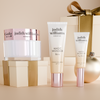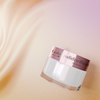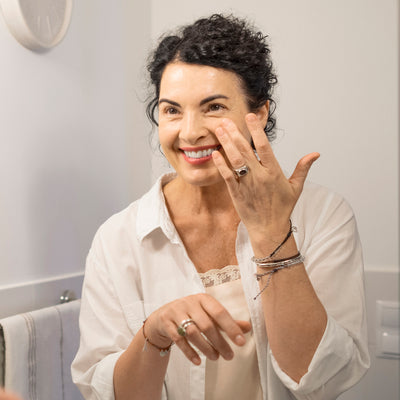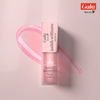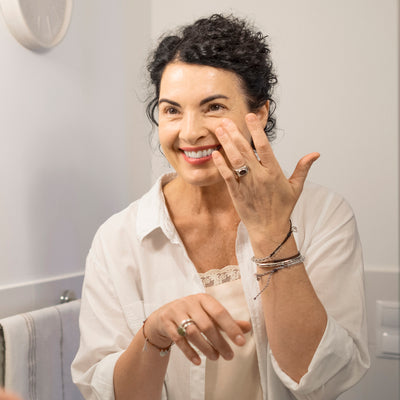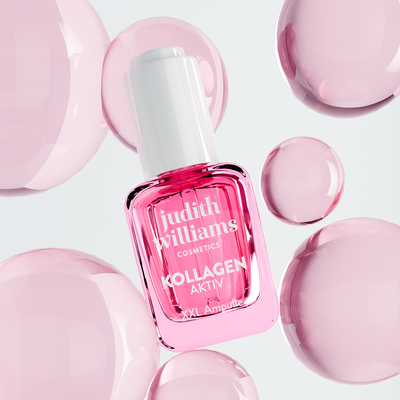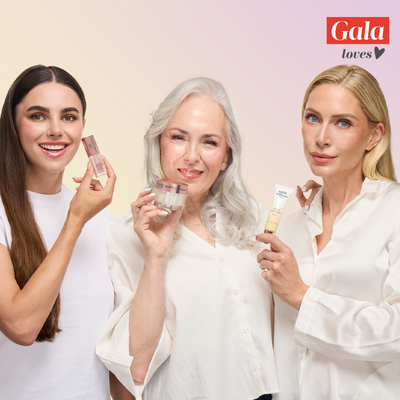Make retinol more tolerable
Retinol is a powerful active ingredient that can smooth wrinkles, refine the complexion and make the skin radiant. But getting started can be challenging, especially for retinol newbies or sensitive skin types. Dryness, redness or flaking often occur, especially at the beginning, as the skin first has to get used to the active ingredient. But don't worry - these effects are usually temporary and can be minimized with the right application method.
retinol sandwich method 🍔
With the so-called “Sandwich method” (also known as Skin buffering) you can gently integrate retinol into your care routine so that you... Benefits of Retinol can use, without skin irritation to risk - and there's one as a bonus extra moisture boost on top of that! We'll show you how to do it step by step:
let's go
Step 1
Cleanse your face thoroughly and then apply a light, moisturizing face cream, such as this Aquauronic Face Cream or the Collagen Care X-Treme Plump & Lift Face Cream. This first layer protects your skin, reduces the intensity of the retinol and supports gentle adaptation.
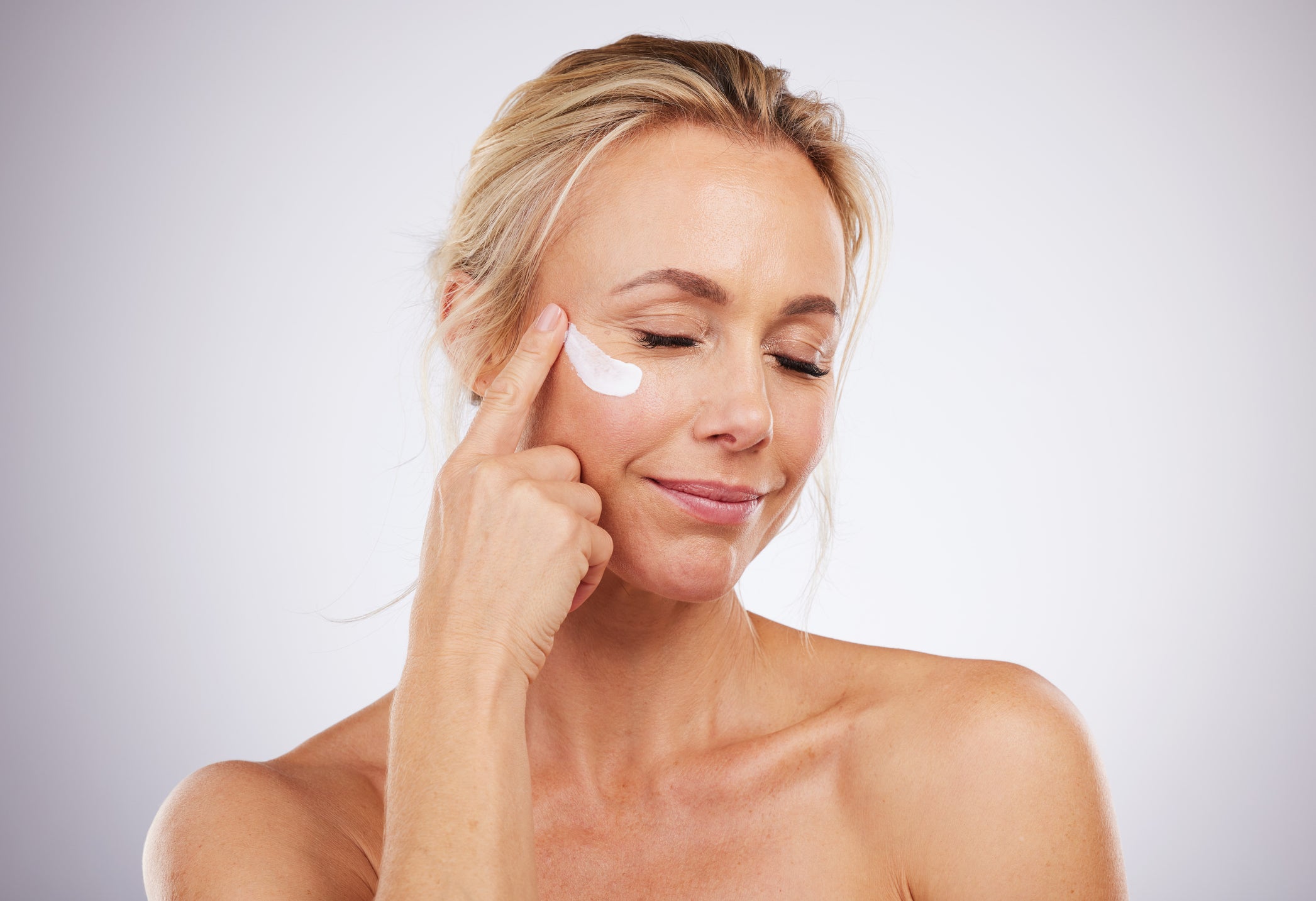
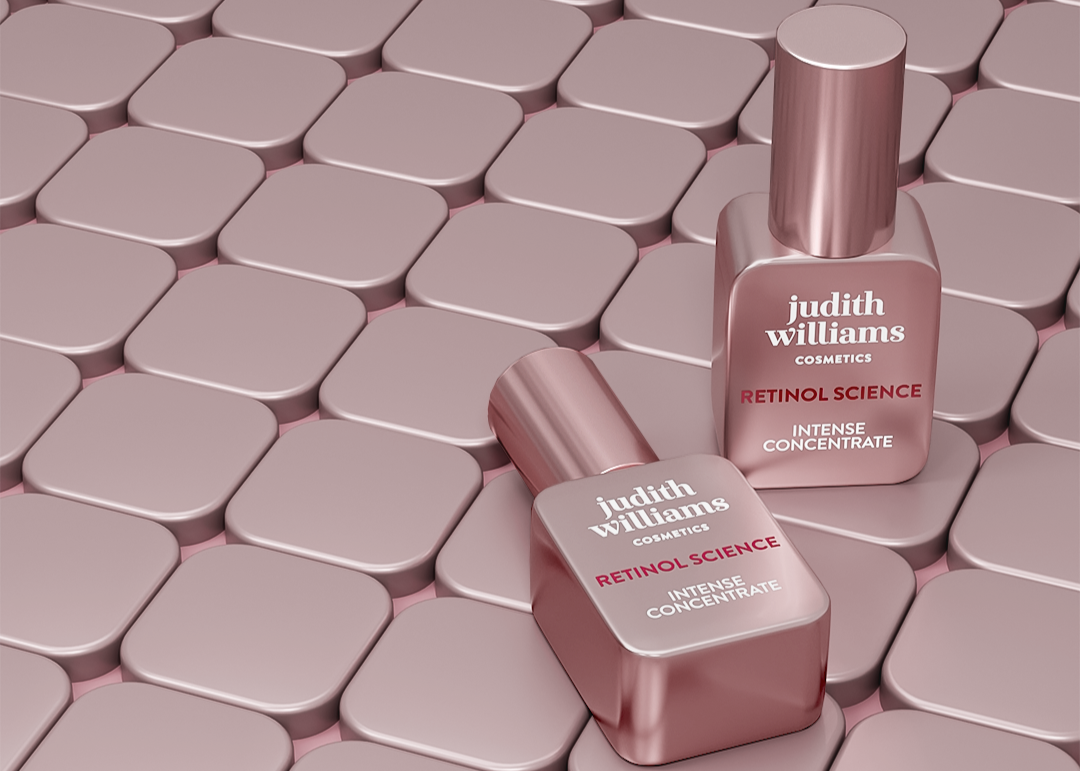
Retinol time
Step 2
After the first layer of moisturizer has absorbed, the second step is to apply your retinol product. For that you can use ours Retinol Science Intense Concentrate or that Retinol Science Night Treatment Serum use.
hydration boost
Step 3
To complete your care sandwich, finish your routine with another layer of face cream. This top layer seals in the retinol, providing additional moisture and helping to further reduce irritation.
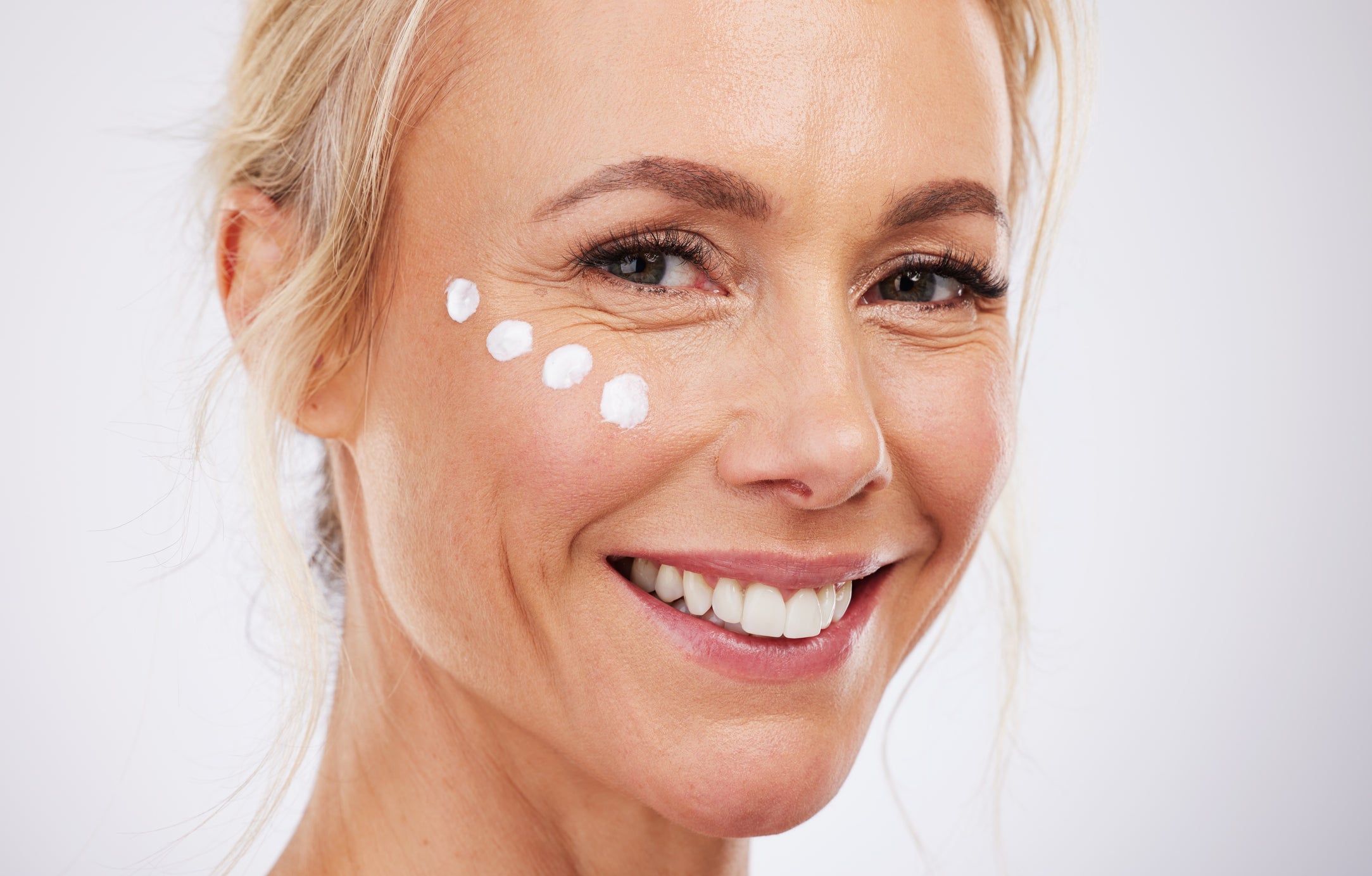
more tips for introducing retinol
🌙 Use in the evening: It's best to incorporate retinol into your evening routine as it can make skin more sensitive to sunlight.
☀️ Wear sun protection: Always use sunscreen during the day to protect the skin from UV rays.
🚀 Maintain Consistency: Retinol doesn't work overnight - give the active ingredient time to develop its full power.
Ready for the next step?
Once your skin responds well to retinol, no redness or irritation occur more, you can remove the layers of moisture reduce gradually. Start by leaving out the second layer of moisture after the retinol. This layer mainly serves as additional protectionto prevent irritation. Finally, if your skin remains stable and irritation-free, you can leave out the first layer of moisture. However, continue to monitor how your skin reacts to the retinol to ensure that it continues to tolerate the retinol well.
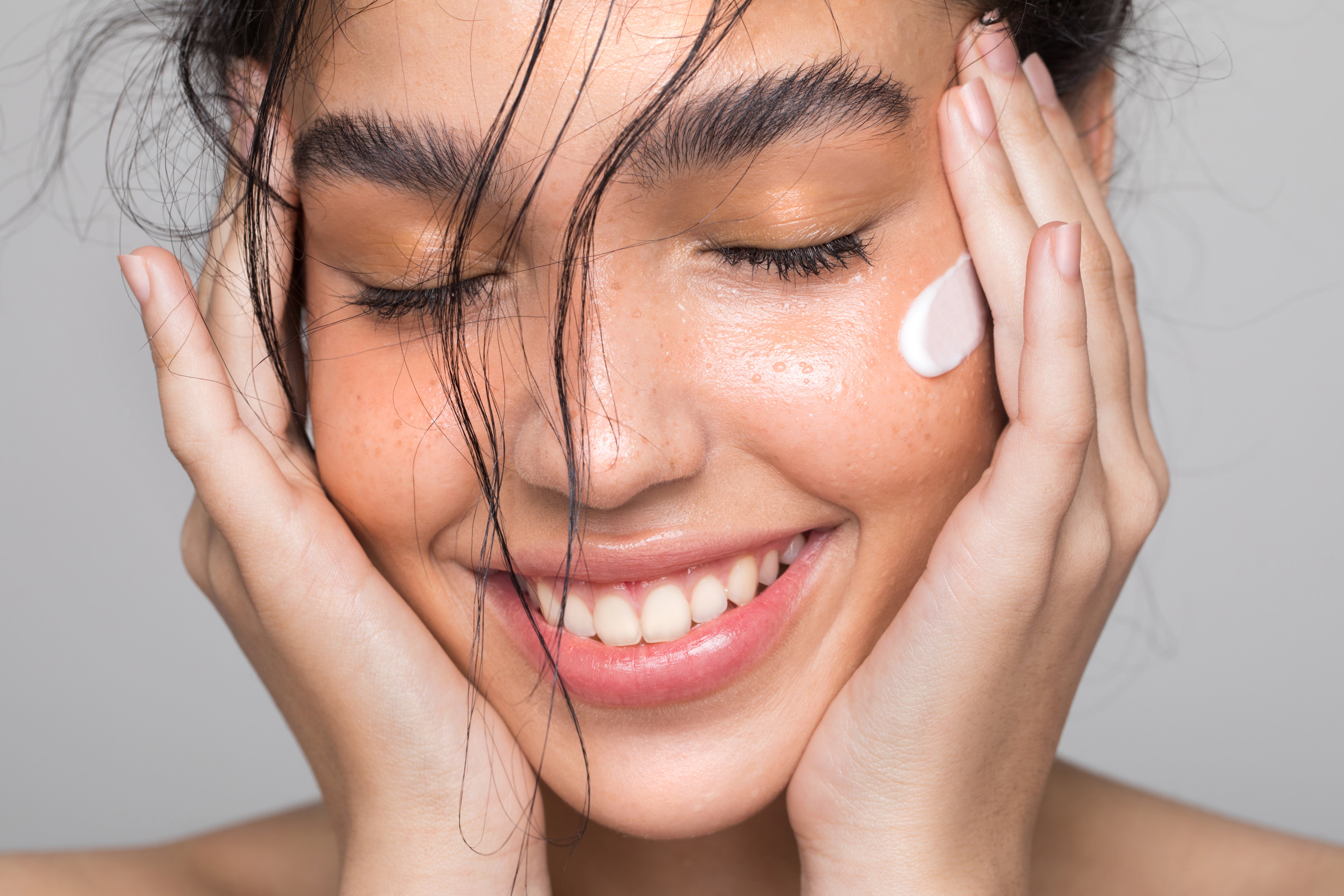
“Retinol is a marathon, not a sprint.”
-Judith Williams
Retinol & Skin Reactions: What You Should Know
Retinol is a powerful ingredient that penetrates deep into the skin to stimulate cell renewal and improve skin texture. This intensive process can lead to initial reactions, especially for sensitive skin or for those new to retinol.
The most common side effects when introducing retinol are:
- Redness & Irritation: The accelerated cell division can cause the skin to react more sensitively.
- Scaling: A natural effect of the skin renewal process that removes old skin cells.
- Burning feeling: The skin may react slightly, especially at the beginning, until it gets used to the active ingredient.
Yes, mild irritation such as redness, dryness or a slight burning sensation is normal and temporary. Your skin needs time to get used to the intensity of retinol. With the right technique, such as the “retinol sandwich method” explained above, these reactions can usually be minimized and you can benefit from the many benefits of the active ingredient.
If irritations such as persistent burning, severe redness or dryness do not subside, you should pause use. This could indicate an intolerance or too sensitive skin.


